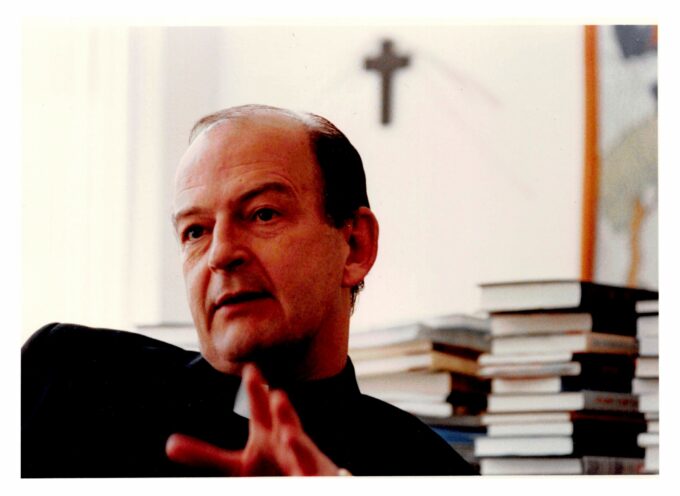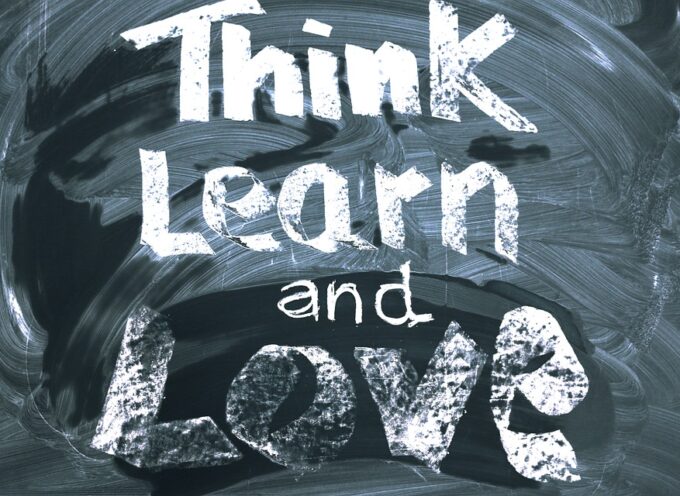Having explored the Bible’s overarching story in the second installment of “How to Watch a Movie,” this third post will delve into the major components of a Hollywood storyline. Drawing upon Brian Godawa’s Hollywood Worldviews, we will explore the nine things you’ll find in (nearly) every Hollywood movie: theme, hero, hero’s goal, adversary, character flaw, apparent defeat, final confrontation, self-revelation, and resolution.
Once you can identify these nine elements, you’ll be ready to begin analyzing and evaluating the movie, responding to its storyline from a Christian viewpoint.
Theme
The first element is a movie’s theme. The theme is the author’s message, the ultimate point he makes. It is what the movie is ultimately about. For example, in the movie Braveheart, the theme is that some things are worth dying for, because in dying we might set others free. In The Incredibles, the main point is that the family must band together to fight the forces that would come against them. From Shrek, we learn that we should not be afraid of others who are different from us (even if they are green and have ears that look like small saucers). In Ocean’s 11, Ocean’s 12, and Ocean’s 13, the theme is “as long as felons have good motivations and impeccable style, their crimes can be looked upon with awe and even appreciation.”
A movie doesn’t necessarily have one theme; it might have two or more. With each theme, we should ask, “Does it resonate with what I believe to be true, good, and beautiful?”
Hero
The second element is the movie’s hero. The hero is the main character of the movie. The hero might be an animal (Simba in The Lion King), a courageous fighter (Rocky Balboa in the Rocky movies), a bumbling but likeable father (Clark Griswold in Christmas Vacation), or any number of other types. But in each instance, the hero is the person the screenwriter and director want you to like, and they will use everything at their disposal (including sound and lighting) to help you identify with him, feel compassion for him, and pull for him. This element of the movie is very significant and, fortunately, very easy to discern.
In relation to the hero, we should ask questions such as: “Is he the type of person I should be rooting for? Does he stand for what is good? If he has flaws, is he willing to correct them?”
Hero’s Goal
The third element is the hero’s goal. The hero’s goal is a strong desire with which he is obsessed, and which drives the story of the movie. The hero may want to win the love of a woman (Titanic), gain control of his own destiny (The Truman Show), free Scotland from the control of those bad English people (Braveheart), or to win the love of a man (Legally Blonde). The screenwriter and directors are able to craft the story in such a way that we usually find ourselves pulling for the hero to achieve his goal.
In relation to the hero’s goal, we should ask, “Is the hero’s goal an admirable one? Are there any ways in which it is wrong-headed?”
Adversary
The fourth element is the adversary. The adversary opposes the hero and tries to keep her from obtaining her goal. The adversary could be a person (Drago in Rocky IV), several persons (Dan Ackroyd, Rob Lowe, and Bo Derek in Tommy Boy), an animal (Ursula in The Little Mermaid), or a force of nature (the storm in The Perfect Storm) or even God (Christof in The Truman Show). But in (nearly) every instance, the adversary usually is the person who the screenwriter and director want you to dislike, and they will use everything at their disposal to cause you to mistrust them and pull against them. They will use visual effects (the adversary may wear black), audio effects (ominous music), and scripted lines to let you know who the adversary is and why you shouldn’t like him. The adversary’s identity and actions provide significant cues about the screenwriter’s worldview.
In relation to the adversary, we should ask, “Is the adversary actually bad? Does the adversary represent someone or something which I would actually want to disagree with or pull against? Is the film calling something evil or bad which is actually evil or bad?”
Character Flaw
The fifth element is the character flaw. Whereas the adversary is the external opponent of the hero, the character flaw is the internal opponent. The hero’s flaw will be a wrong way of seeing the world or a wrong way of living in it. In Braveheart, for example, William Wallace’s flaw was his gullibility in trusting Robert de Bruce. If the hero corrects her flaw, the movie will be a drama or a comedy. If the character does not correct her flaw, the movie will be a tragedy or a comedy.
In relation to the character flaw, we should ask, “Is the character’s flaw really a flaw? Does he rely on God’s grace to correct his flaw? Does he refuse to acknowledge the flaw?”
Apparent Defeat
The sixth element is the apparent defeat. This scene usually occurs during the middle of the movie. The hero is being thwarted by his character flaw and adversary. He cannot achieve his goal, and it seems that all is lost. He may have a near-death experience or a time in which his life appears to be worthless. Often viewers are so caught up in the movie, and so committed to pulling for the hero, that they find themselves afraid, or very sad, or caught up in knuckle-whitening suspense. Perhaps the plane is about to crash (Top Gun), the hero gives up because he will never fit in (Elf), the dad will never find his daughter (Taken), or the nerds will never win (Napoleon Dynamite). The apparent defeat is usually connected to the next element, the final confrontation.
In relation to the apparent defeat, we might ask questions such as, “What caused this apparent defeat, and what should the hero’s perspective be? If the primary cause is the hero’s character flaw, does the hero recognize it and is she open to correction?”
Final Confrontation
The seventh element is the final confrontation. In most Hollywood films, the hero and adversary square off for a final confrontation at the tail end of the apparent defeat. Usually, the adversary gives a rationale for her way of life and the pursuit of her goal, and the hero does the same. In other words, the final confrontation is an exercise in “worldviews in conflict.” The screenwriter wants you to accept the hero’s rationale and reject the adversary’s.
In evaluating the final confrontation, we should ask questions such as, “Is the screenwriter correct that I should support the hero’s rationale while opposing this adversary’s? Is he incorrect? Am I being presented with too simplistic of a choice?”
Self-Revelation
The eighth element is the hero’s self-revelation. In this scene, often found at the end of the movie, the hero has his eye’s opened. He recognizes that he needs to correct his character flaws, sees the world in a fuller or more accurate manner, or something similar. In Braveheart, for example, William Wallace is being tortured on the rack when his eyes focus on a crowd of Scots, and a small child in particular, and realizes that his death is for a worthy cause, that of setting the Scots free.
Regarding the self-revelation, we should ask questions such as, “Is this self-revelation a good one? Does it fit with what Scripture reveals about the nature of the world and of humanity?”
Resolution
The ninth element is the resolution. This is the “happily ever after” or “sadly ever after.” It shows the result of the hero’s decisions and actions.
As the movie reaches resolution, we should ask comprehensive questions about the movie’s storyline, characters, and plot development.
Subscribe
Never miss a post! Have all new posts delivered straight to your inbox.







